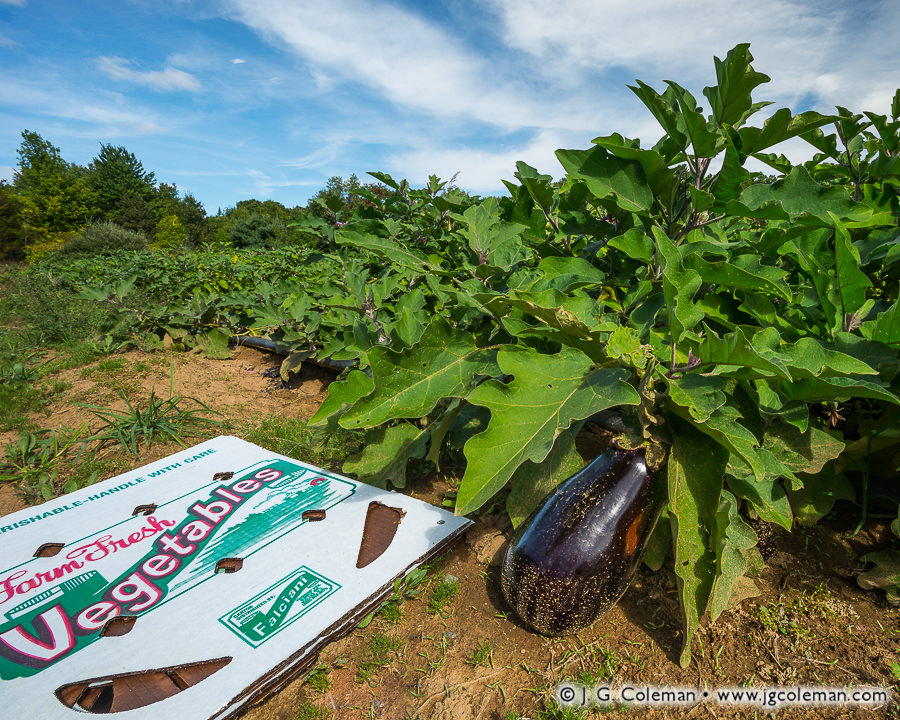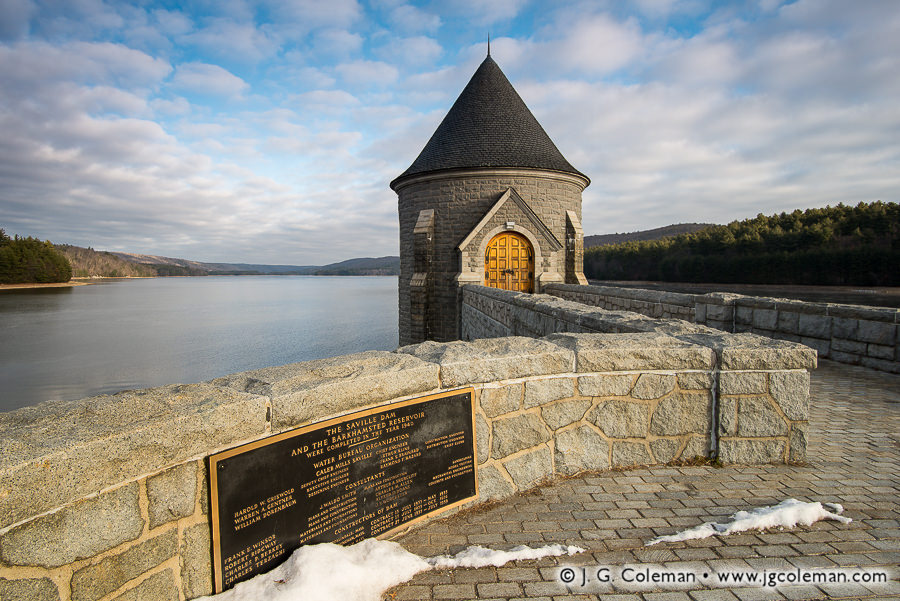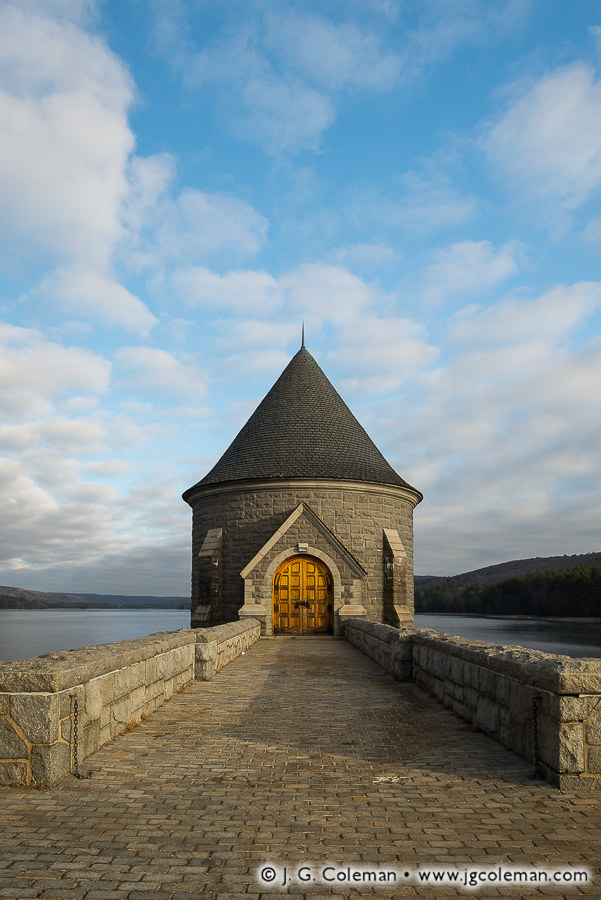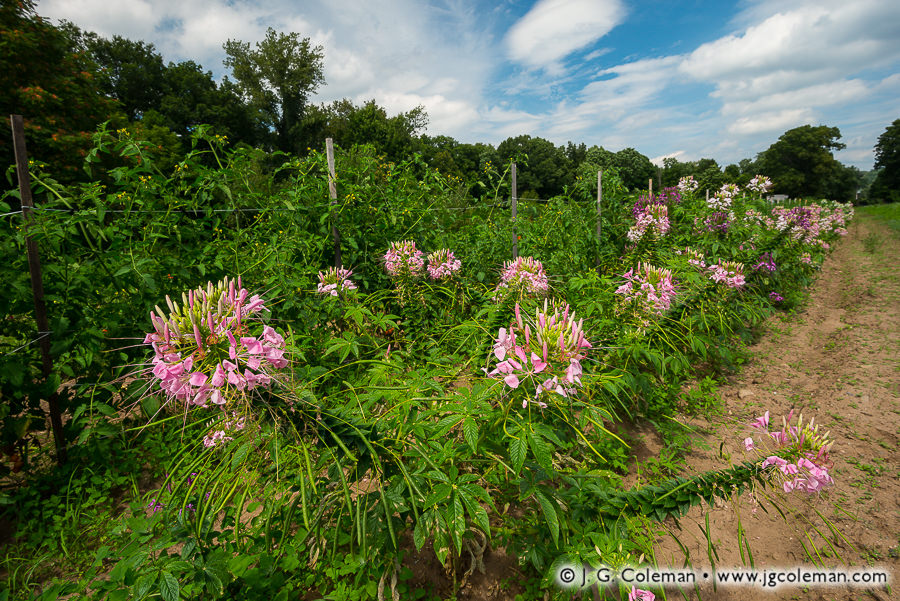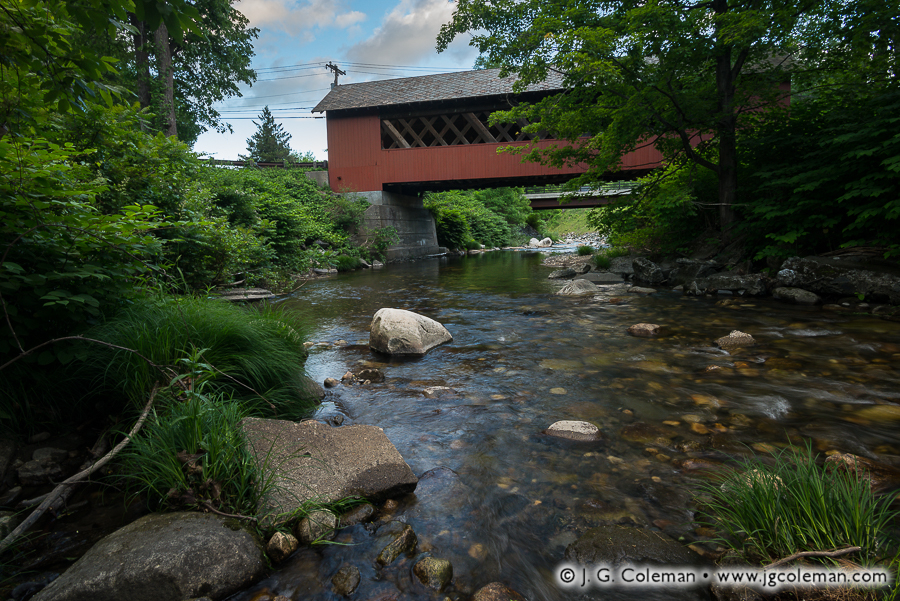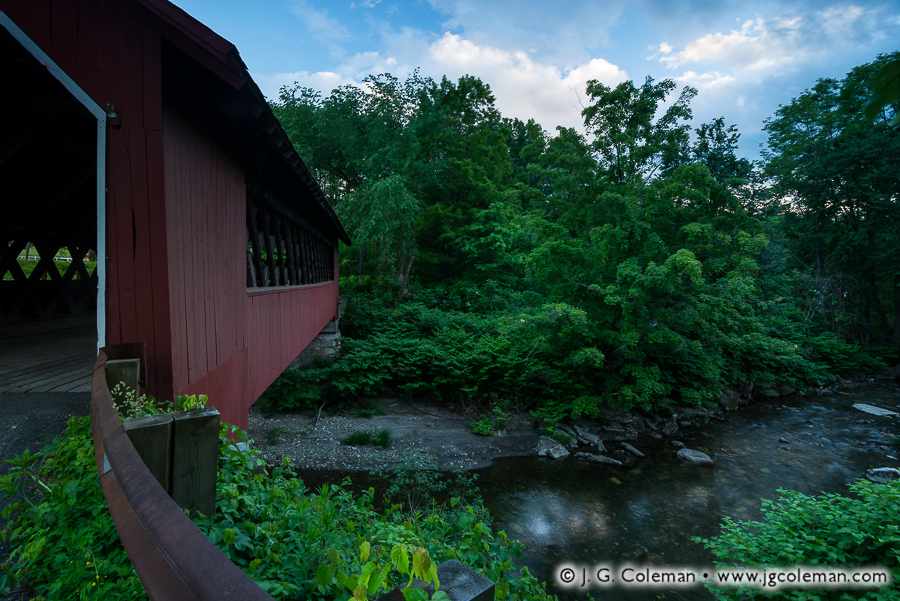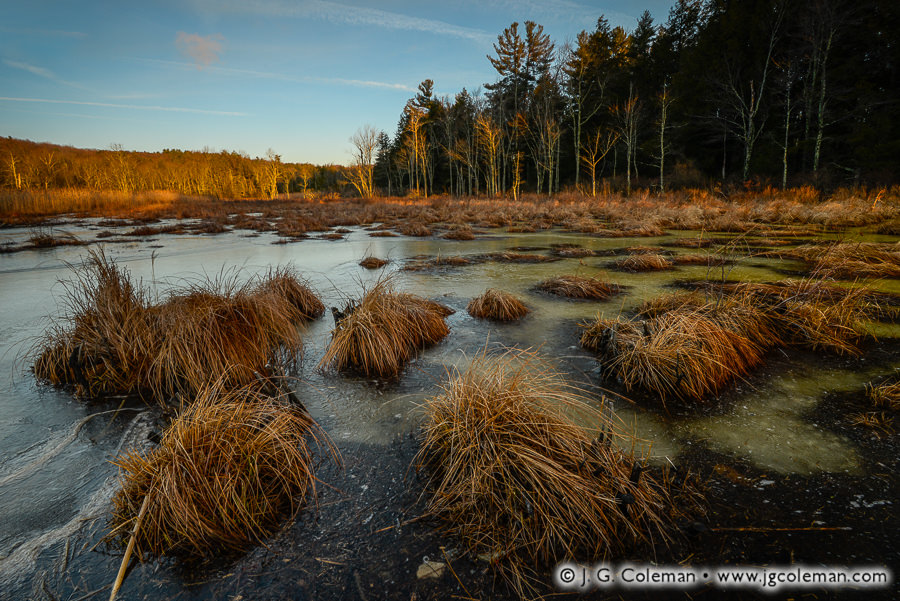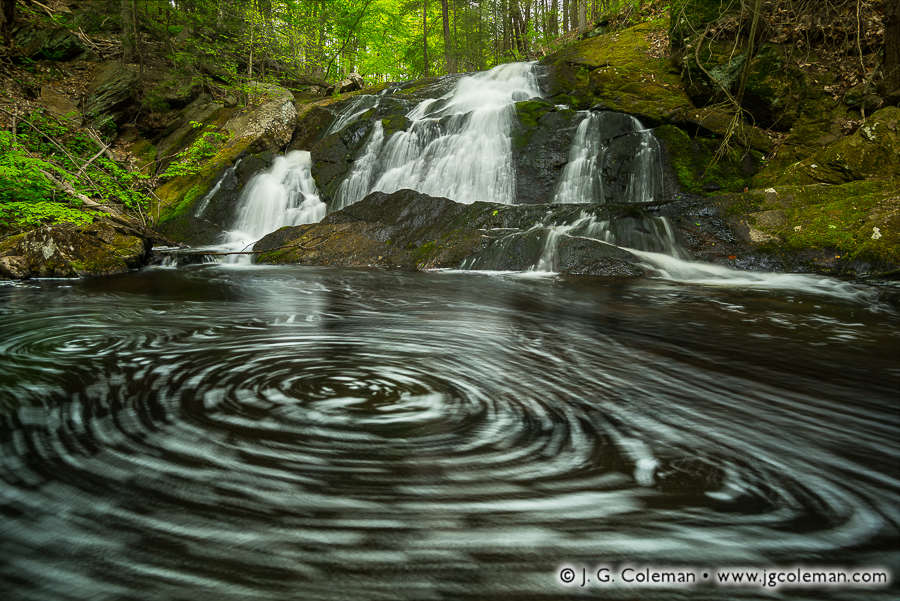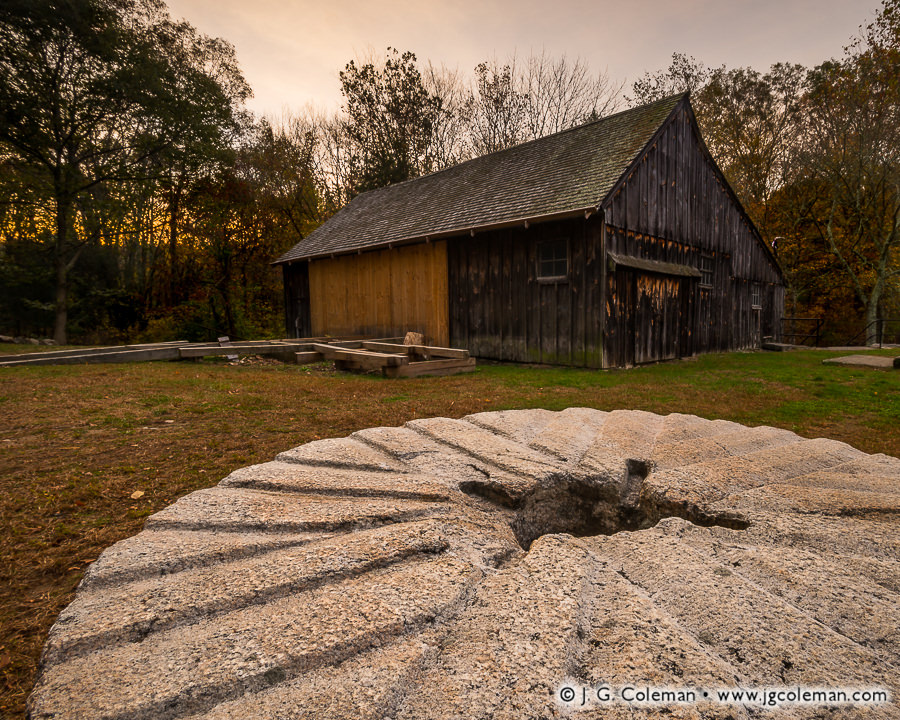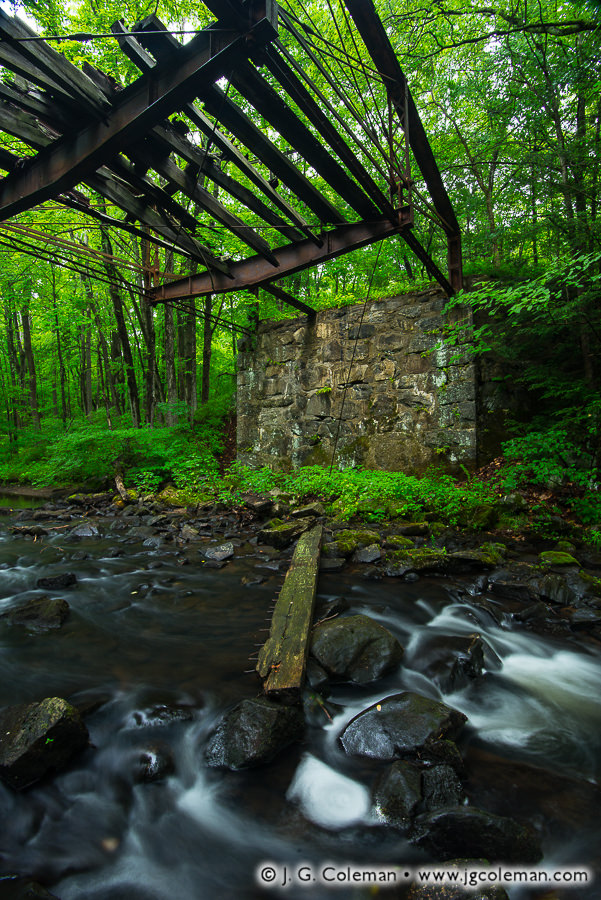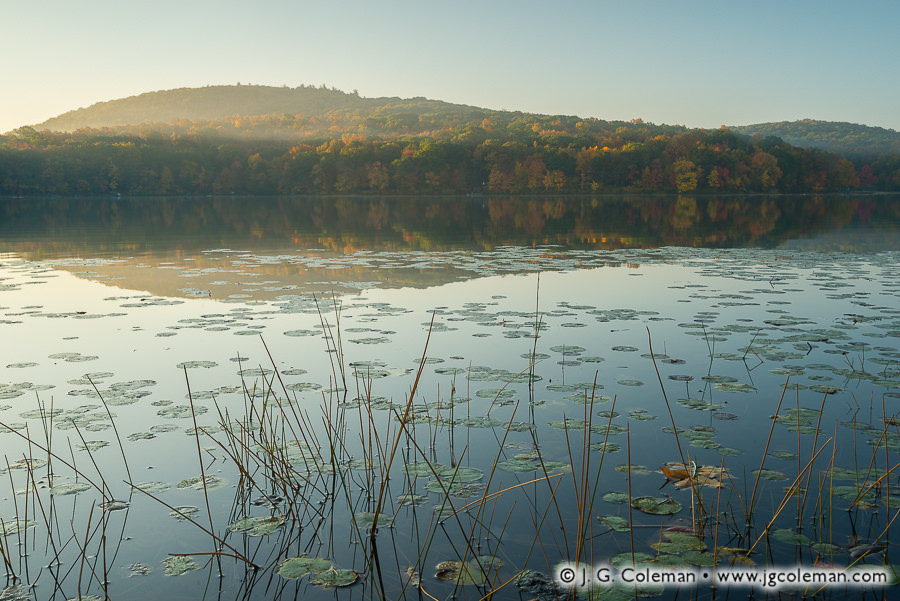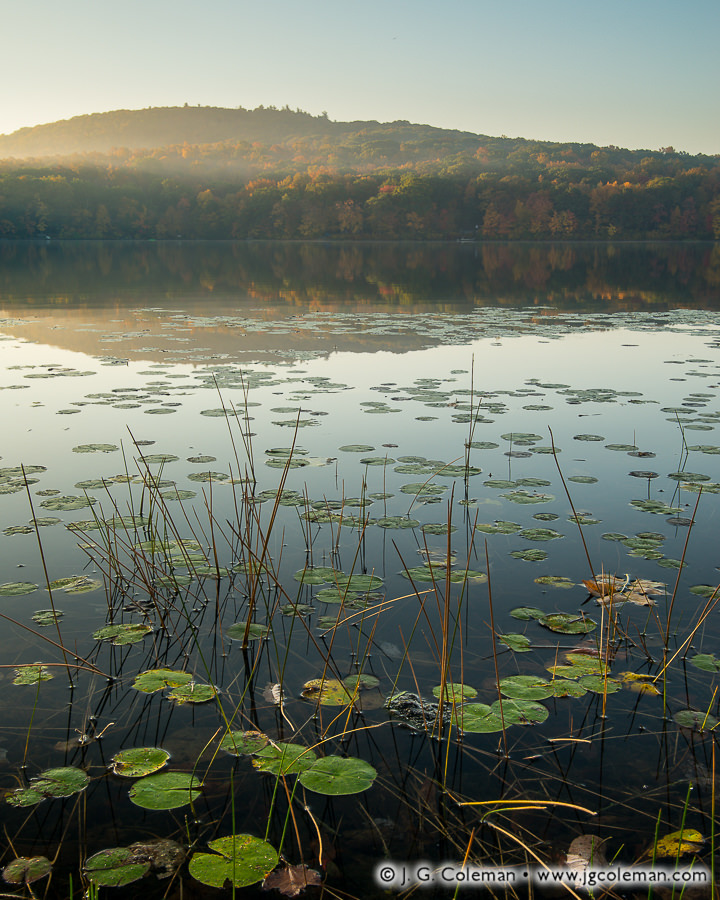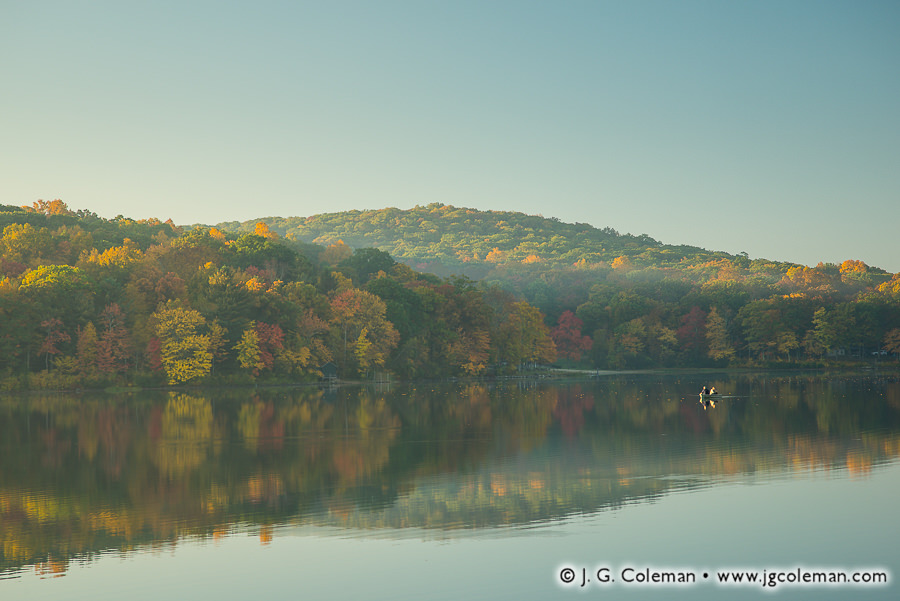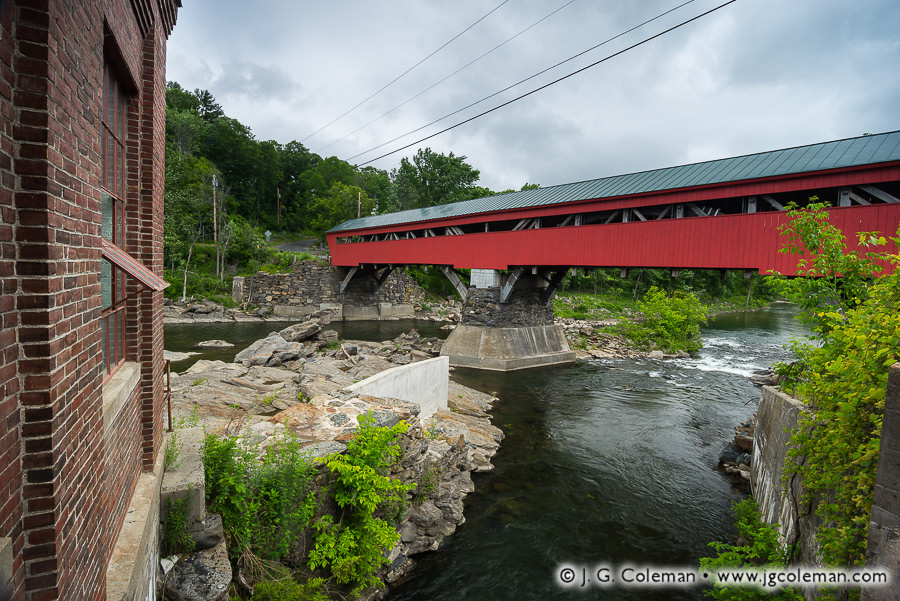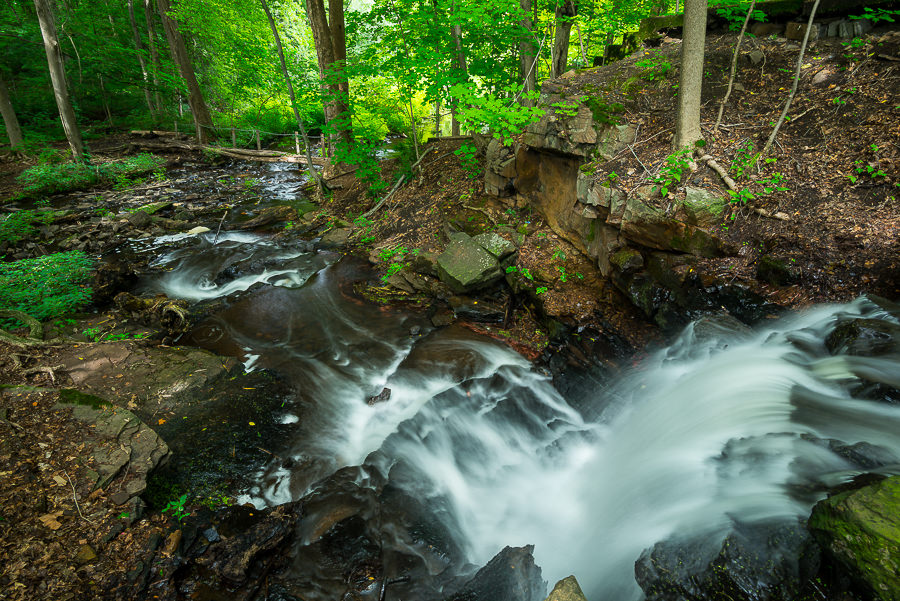
Upper Dividend Falls on Dividend Brook, Dividend Pond Park & Archaeological Site, Rocky Hill, Connecticut
© 2016 J. G. Coleman
In a shady gorge beneath the dense canopy of summertime woodlands, Dividend Brook leaps eagerly from a jagged cliff before meandering a half-mile eastward to unite with the vast Connecticut River.
Although industry has largely been divorced from a need for water power in modern times, there are few natural waterfalls in Connecticut that didn’t serve as mill sites at some point over the past four centuries. In many cases, these waterfalls drove streamside manufactories for several generations and churned out everything from flour to hand tools as the economy shifted and society’s needs changed. The falls on Dividend Brook are a perfect example, having been granted to Reverend Gershom Bulkeley for a grist mill back in 1665, only about 20 years after colonists settled in the Connecticut River Valley.
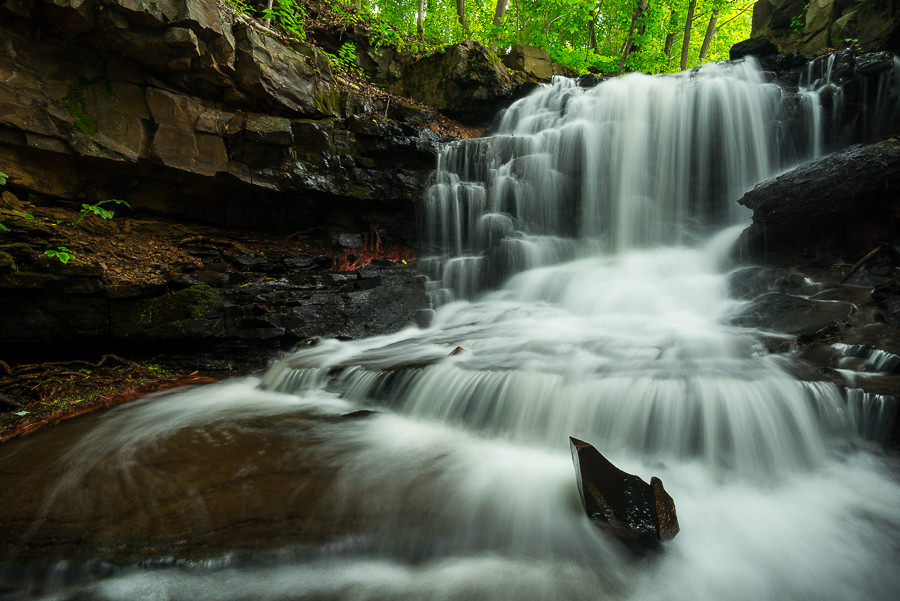
Upper Dividend Falls on Dividend Brook, Dividend Pond Park & Archaeological Site, Rocky Hill, Connecticut
© 2016 J. G. Coleman
The Reverend and his descendants operated mills at Dividend Brook for nearly 150 years, mostly churning out flour from the grain crops of community farmers. By 1830, when the millstream left the family’s hands, a new breed of industrialized millworkers were only just getting started. Axes, chisels, saws, horseshoes, flour, lumber, shears, firearms and bulk iron were produced along the stream during the remainder of the 19th century.
Purchase a Fine Art Print or Inquire About Licensing
Click here to visit my landing page for “Bulkeley’s Millstream” to buy a beautiful fine art print or inquire about licensing this image.
Want to See More?
Be sure to check out all of my work from Dividend Pond Park & Archaeological Site.


